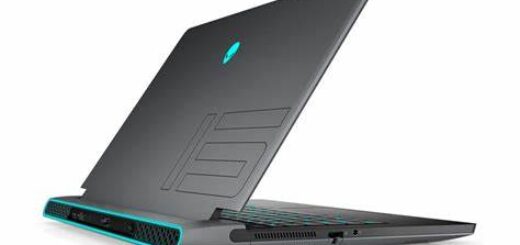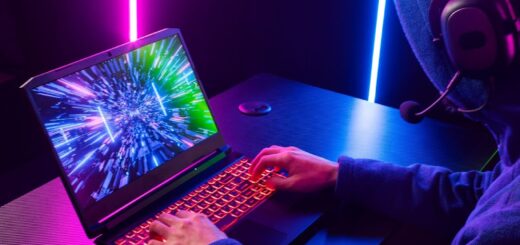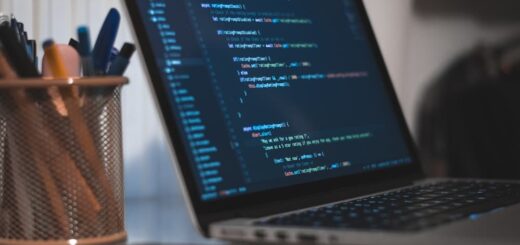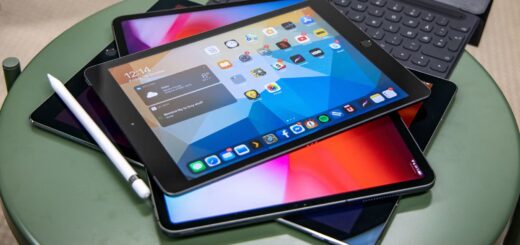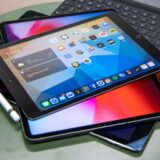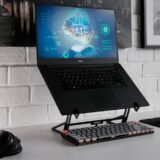A Guide to Computer Components and Their Functions
Computers, intricate electronic devices, function harmoniously by combining both hardware and software. In this context, our focus is on the hardware aspect. Computer hardware encompasses all tangible components or parts utilized within the computer system. Each element plays a distinct role in the system’s operation.
Categorized by their intended use, computer components can be divided into two main types:
| Compulsory Computer Parts | Optional Computer Parts |
|---|---|
| Central Processing Unit (CPU) | Graphics Card |
| Motherboard | Sound Card |
| RAM (Random Access Memory) | Optical Drive |
| Power Supply Unit (PSU) | Additional Storage Devices |
| Storage Devices (Hard Drives, SSDs) | Specialized Input Devices |
| Cooling Systems |
Essential Computer Components
When assembling a PC, certain components are absolutely essential. Neglecting any of these parts will result in an incomplete system that won’t even project an image onto your monitor.
Outlined below is a roster of indispensable components for a desktop computer:
- Monitor;
- CPU Cabinet;
- Motherboard;
- Processor;
- Graphics Processing Unit (GPU);
- Cooling Fans;
- RAM (Random Access Memory);
- Hard Disk;
- SMPS (Switched-Mode Power Supply);
- Connecting Cables;
- Keyboard and Mouse;
- Speakers.
It’s worth noting that certain elements like CPU cabinets and connecting cables are irrelevant for laptops. A separate, dedicated article can be explored to delve into the essential parts of laptops.
Monitor:
- A monitor serves as the visual interface of a computer system;
- It plays a crucial role in tailoring the user experience to specific needs.
For instance, gamers often opt for monitors with high-frequency refresh rates to enhance their gaming immersion, while office workers might prioritize basic monitors for their tasks. Modern monitors offer a range of features, including multiple ports such as USB, HDMI, DVI, and Ethernet. Each port type bestows distinct functional capabilities upon the monitor.
CPU Cabinet:
- The CPU cabinet safeguards vital internal components of a computer, including the motherboard, processor, RAM, ROM, and GPU;
- It’s a staple in most PC setups, providing protection and organization.
However, in exceptional scenarios like wall-mounted, wall-recessed, or tabletop PCs with unique designs, a CPU cabinet may not be necessary. The primary purpose of a CPU cabinet goes beyond physical protection – it’s also crucial for efficient cooling. Computer components are designed to function within specific temperature ranges, and to achieve this, two types of cooling methods are commonly employed: air and liquid cooling. While air cooling is a popular and cost-effective solution, both approaches ensure optimal performance by maintaining proper operating temperatures.
Motherboard:
- In the intricate landscape of PC components, the motherboard assumes a role akin to that of a mother;
- Often referred to as the heart of the system, the motherboard acts as a hub for connectivity and functionality.
It holds a comprehensive record of a PC’s capabilities and limitations. Individual motherboards exhibit specific features and restrictions. For example, Zebronics H55 motherboard exclusively supports DDR3 RAM and lacks compatibility with DDR4 RAM modules. Similarly, while it accommodates SSDs, it does not support M.2 drives. Each motherboard’s specifications differ, with some offering advanced capabilities and others having more modest features. When selecting a motherboard, it’s wise to consider potential future upgrades. Opting for a motherboard that aligns with your intended enhancements, such as increasing RAM capacity, ensures a smoother expansion process down the line.
Processor:
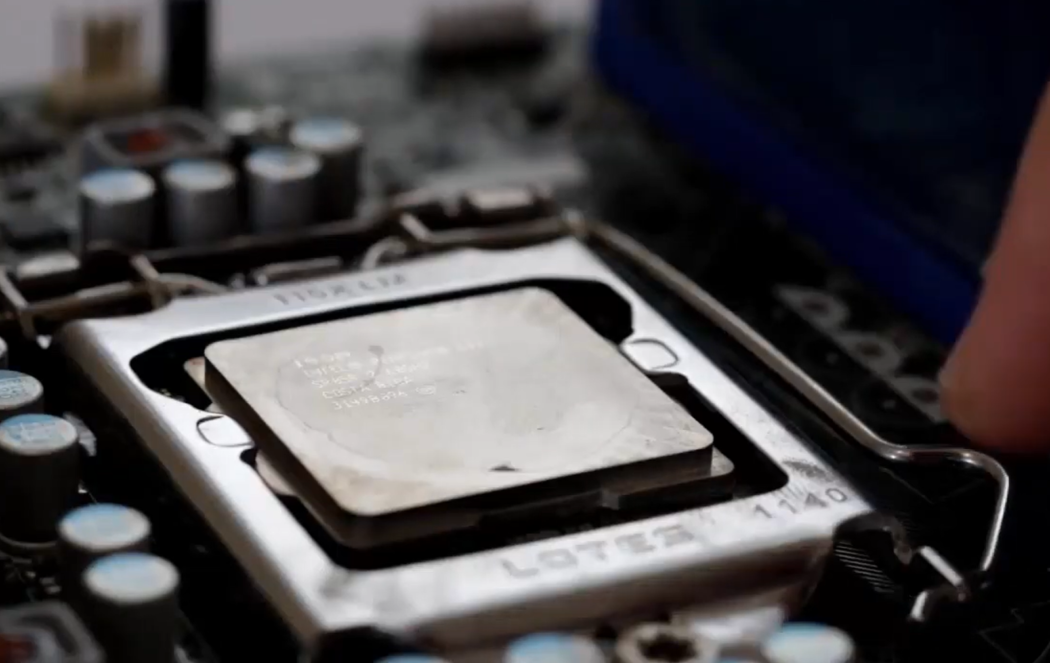
- The processor stands as the computer’s equivalent of a brain, wielding the ability to execute tasks and actions;
- Referred to as the Central Processing Unit (CPU), it’s a fundamental component that drives computing functions;
- The contemporary rivalry between Intel and Ryzen processors fuels innovation in this field.
Collaborating with the motherboard, the processor occupies a pivotal role in shaping a computer’s capabilities. Brimming with billions of transistors, processors are meticulously crafted using Integrated Circuit technology.
Opting for the latest processor iteration is advised due to its superior performance compared to its predecessors. I personally utilize an Intel i7 processor that aligns well with my professional tasks. Your choice of processor should be tailored to your specific requirements.
GPU:
- The GPU, or Graphics Processing Unit, has gained prominence as an integral part of modern computing.
In the past, graphic cards weren’t an imperative, but current-day motherboards necessitate GPUs for seamless operations.
NVIDIA GPU corresponds harmoniously with the motherboard. If you’re on a budget, this particular GPU is an appealing option to consider. It’s crucial to verify that your chosen GPU is compatible with your motherboard before purchase.
GPUs serve a myriad of purposes, ranging from gaming and editing to augmenting display performance. In essence, a GPU significantly enhances overall system functionality.
Stock Cooler
Neglecting the cooling process within a computer’s operations is a risky endeavor.
- The CPU bears a substantial workload during computer usage;
- If the CPU’s temperature surpasses operational thresholds, the potential consequences extend to CPU and motherboard damage, and in severe instances, both.
Two primary cooling methods, air and liquid, exist. When considering a stock cooler, I strongly advocate for liquid cooling. Given the CPU’s heightened cooling requirements compared to other system components, it’s imperative to ensure top-tier cooling solutions.
I transitioned from a Frontech stock cooler to an Antec variant, resulting in optimal functionality with reduced noise levels. For those seeking a visually vibrant setup, integrating RGB components can infuse color into your system’s aesthetics.
RAM:
- RAM, or Random Access Memory, represents a crucial memory storage device within a computer;
- The extent of RAM within your system directly influences its multitasking capabilities.
To maximize system performance, opting for the latest RAM version is recommended. Notably, employing two 4GB RAM sticks outperforms a single 8GB RAM stick in terms of performance. Thus, choose RAM configurations judiciously.
Exercise caution while handling RAM sticks, as they are sensitive components. Before powering on the computer, meticulously verify proper RAM insertion. A malfunctioning RAM module can trigger a Blue Screen Of Death (BSOD) scenario.
ROM:
- ROM constitutes the foundational storage medium within a computer system;
- Diverse ROM devices, including Hard disks, SSDs, SD cards, and Pen Drives, cater to distinct storage needs;
- The entirety of data stored in a computer takes the form of ROM, signifying Read Only Memory.
Even the computer’s Operating System finds its abode in a ROM device. Personally, I employ a Kingston SSD for my Operating System, favoring enhanced performance over a traditional Hard disk. The latter, in turn, accommodates recorded videos and other voluminous files.
Opting for at least an SSD or M.2 drive for storage is recommended. This choice ensures a seamless performance experience during data reading and writing tasks.
SMPS:
- Switched Mode Power Supply (SMPS), alternatively known as SMPS, undertakes the role of converting input current and channeling output current to other computer components, including the motherboard, fans, and front panel.
SMPS offers a remarkable advantage by functioning as both a converter (AC input to DC output) and a chopper (DC input to DC output). Beyond this, SMPS serves as a safeguard against abrupt power fluctuations, shielding our PCs from potential damage stemming from sudden power drops.
Keyboard and Mouse
- The keyboard and mouse form an inseparable input pair, collectively serving as the means to communicate with the system;
- Irrespective of the investment poured into the PC build, the absence of a keyboard and mouse renders the system inert.
The Logitech MK275, stands out as a writer-friendly model. This keyboard boasts exceptional performance, although it might not be the ideal choice for gamers seeking specific functionalities.
Speakers:
- While speakers aren’t always obligatory for PC tasks, I hold the perspective that they constitute an essential aspect of the computer experience due to their numerous advantages;
- Speakers enable us to engage in conversations with friends and family through Skype, savor music, and partake in movie-watching sessions.
Speakers encompass a diverse array of types, with earphones and headphones also falling under this category. It’s important to differentiate between speakers and microphones, as the two serve distinct functions.
Optional Components for Your Computer Setup
In our exploration of computer components, we’ve covered the essential and obligatory parts. However, the realm of computer setups offers the flexibility to integrate a variety of additional hardware elements based on individual needs.
Consider a printer, for instance. While not mandatory, it often assumes a pivotal role in many people’s work routines. Beyond printers, a host of other optional components can enhance your computer experience, such as fingerprint scanners, document scanners, external hard disks, and dual monitors. These elements collectively fall under the category of Optional Computer Parts.
Printer:
- A printer is a device designed to transfer digital content onto physical paper;
- A wide array of printers exists, catering to various needs and purposes;
- Selecting the ideal printer hinges on the intended application.
Interestingly, I personally do not possess a printer. My workflow is seamlessly accommodated by the essential components of a computer. In line with this, I recommend acquiring a printer only if it genuinely aligns with your requirements, thus potentially minimizing the overall cost of your PC setup.
Dual Monitor:

- A dual monitor introduces an additional display screen to the computing environment;
- The decision to employ dual or multiple monitors hinges on the specific demands of one’s work or tasks;
- While a dual monitor configuration might be crucial for a gaming YouTuber, it might hold less significance for a blogger.
With this understanding of printers and dual monitors, let’s now delve into various other optional computer components.
Wi-Fi and Bluetooth Adapters
- A Wi-Fi adapter serves as an electronic tool employed to establish internet connectivity within a system;
- While certain motherboards now come equipped with built-in Wi-Fi functionality, mid-range motherboards often lack this feature;
- Understanding the functionality of a Wi-Fi adapter within a PC configuration is key.
Conversely, a Bluetooth adapter facilitates connections between a PC and Bluetooth-enabled devices. This proves particularly valuable when a motherboard lacks native Bluetooth support. Adapters enable the seamless integration of devices like Bluetooth headphones, earphones, and speakers with our PC setup.
Bluetooth Speaker:
- A Bluetooth speaker represents another discretionary computer component. Its incorporation into your setup depends on personal preference and needs.
To present the components of a computer in a clear manner, let’s transition to a tabular format. This table will distinguish between obligatory and optional parts, providing an overview of the system’s composition.
| Compulsory Computer Parts | Optional Computer Parts |
|---|---|
| Monitor | Bluetooth Speakers |
| CPU cabinet | Dual Monitors |
| Motherboard | Bluetooth adapter |
| Processor | Wi-Fi adapter |
| GPU | Printer |
| Stock Cooler | Fingerprint Scanner |
| RAM | Pen Drives |
| ROM | SD Cards |
| SMPS | UPS |
| Keyboard and Mouse | Projector |
| Speakers | Web-camera |
Conclusion
This list is far from exhaustive as the landscape of technology is in a perpetual state of evolution. Every day, novel electronic devices emerge, tailored for specific tasks and purposes. Take the time to delve into the inner workings of computers, as doing so will grant you a comprehensive grasp of how all these components function harmoniously.
If you’ve found this information valuable, consider sharing it with your friends and family to spread the knowledge.

